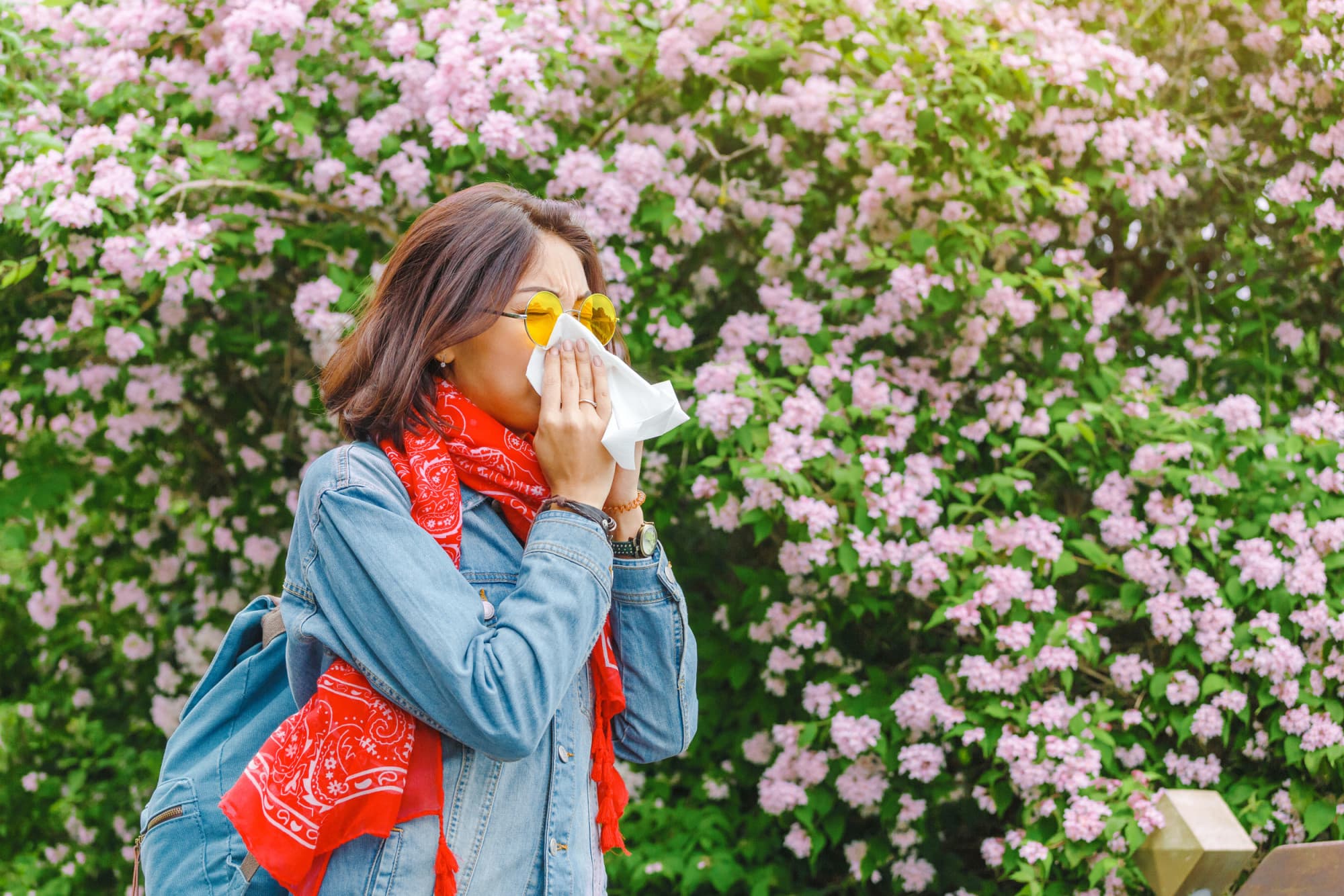Why Are There Two Doses of the COVID Vaccine?

3 Minutes

Team Curative

May 5, 2021
With COVID-19 vaccination efforts well underway across the country, some may wonder, “Why are there two doses of the COVID vaccine?” for two of the vaccines available. For example, most adults are used to receiving just one dose of the influenza vaccine every year. What’s different about the COVID-19 vaccine?
The short answer is that certain COVID-19 vaccines require two doses because a multi-stage vaccination process was proven to be effective for those vaccines both in controlled studies and in the real world. The first dose produces a “relatively weak” immune response, and the second dose serves as a booster to produce a strong immune response.
The idea of requiring two doses is not actually unique to COVID-19. For example, the vaccines for shingles, hepatitis A, and hepatitis B, along with the measles-mumps-rubella (MMR) vaccine, all require two or more doses.
The goal of this article is to give you an overview and support your own research of what each dose of a two-dose vaccine entails, including why each dose is required, differences between the two doses, recommended time frames between each dose, and the potential of side effects after each dose.
Which Type of COVID-19 Vaccines Require Two Doses?
Among the FDA-authorized vaccines, two types of COVID-19 vaccines are available to the public.
Vector vaccines – Johnson & Johnson – requiring one dose
mRNA vaccines – Moderna and Pfizer – requiring two doses
You can learn more about types of vaccines on the CDC’s website.
Why Are There Two Doses of the COVID Vaccine?
Two doses means two appointments, which means that it will take longer for the population to become fully vaccinated compared to a one-dose vaccine. Why are there two doses of the COVID vaccine then?
Here is a resource that discusses two-dose vaccines for COVID-19 and why both are necessary.
How Do the Two Doses Work?
For multi-dose COVID-19 vaccines, both doses are exactly the same in terms of what’s inside the vaccine—the only difference is when they are administered.
Here is a resource from the CDC on how standard two-dose vaccines work.
How Long to Wait In Between Each Dose
For multi-dose vaccines, the vaccine manufacturers provide guidelines on how long to wait in between each dose. The CDC has compiled a convenient and comprehensive list of recommended time frames, which is constantly updated to reflect new guidelines from manufacturers. For the most part, the vaccination site will provide the date in which you are to go back for your second vaccine.
Depending on your weekly schedule, it may be unrealistic to schedule your second vaccine dose on the exact day that the manufacturer recommends. According to the CDC, you can wait up to 42 days after receiving your first dose.
What to Expect After Each Dose and How to Reduce Discomfort
Because every single person is unique in how their immune system responds to vaccinations, a large variety of post-vaccine side effects have been reported, as well as no side effects.
Here is a resource from the CDC on what to expect from each dose and ways to reduce discomfort.
___________________________________
With millions of people already vaccinated, and millions more yet to receive vaccines, we can all look forward to keeping our communities safe and healthy. If you have received a vaccine, consider stopping in at one of the many businesses offering free stuff for those who can present proof of vaccination. Enjoy your reward!
Curative Inc. and its subsidiary, Curative Management Services LLC, engage with medical entities that provide vaccination services.
Sign up for our Newsletter
Table of Contents
Which Type of COVID-19 Vaccines Require Two Doses?
Why Are There Two Doses of the COVID Vaccine?
How Do the Two Doses Work?
How Long to Wait In Between Each Dose
What to Expect After Each Dose and How to Reduce Discomfort








